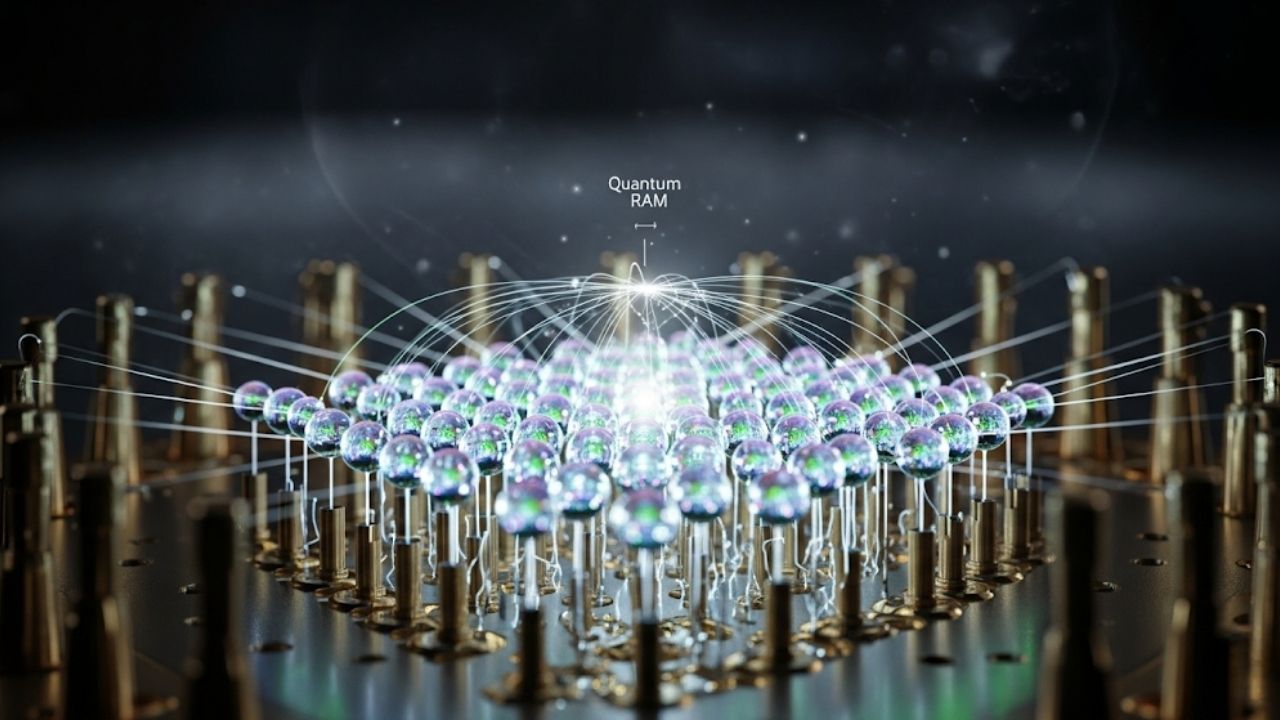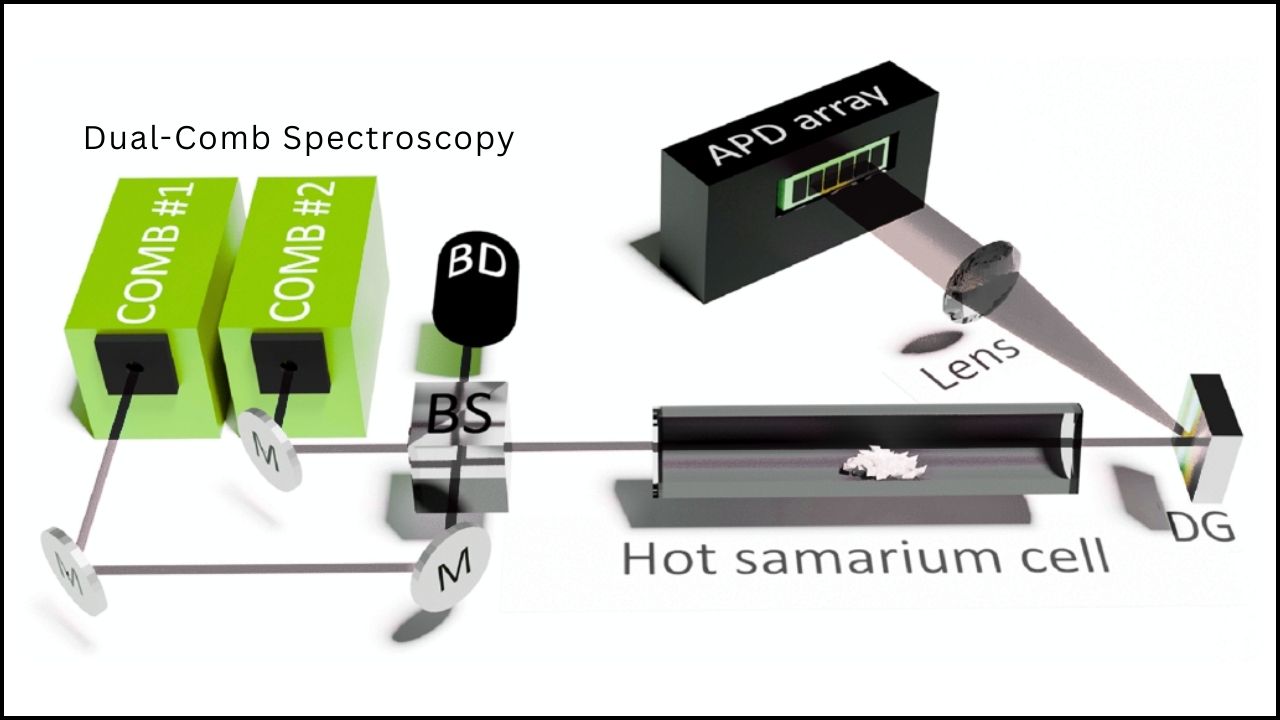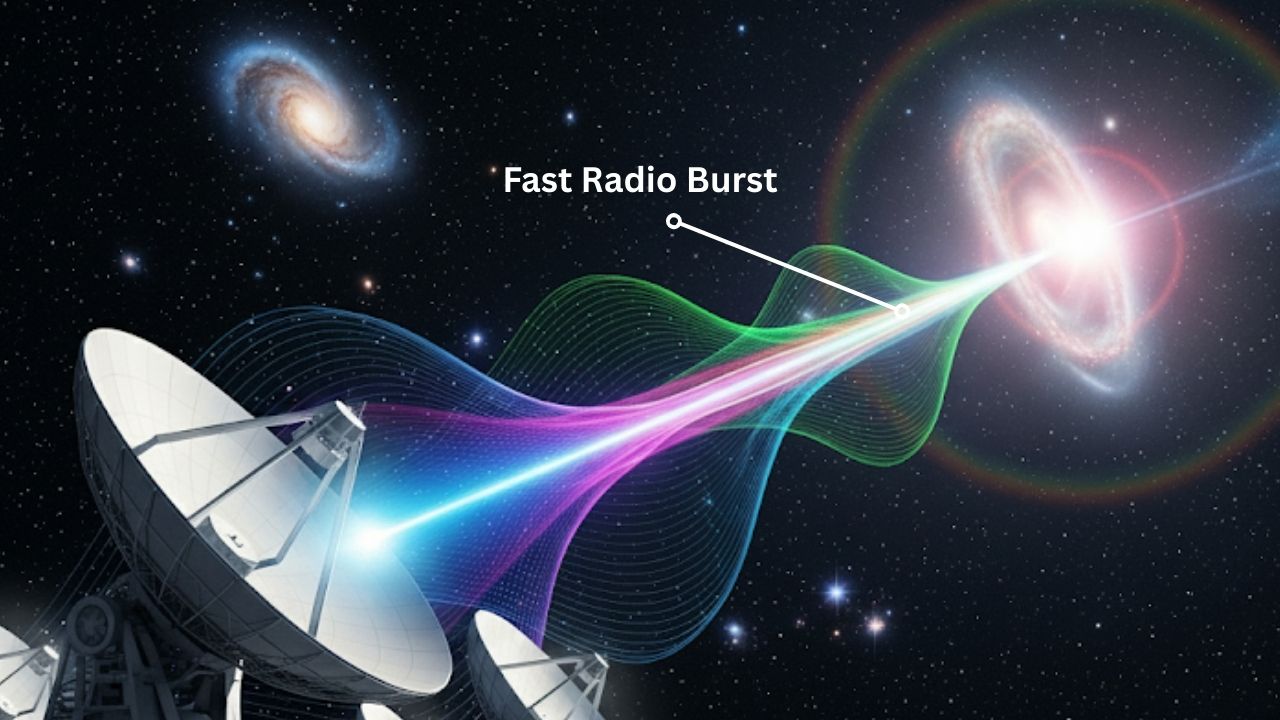Physicists Zero In on a ‘Fifth Force’ That Could Reveal What Dark Matter Really Is: The universe is a vast, mysterious place, and one of its greatest puzzles is dark matter—an invisible substance that makes up a large part of the cosmos but refuses to reveal its true nature.

In recent years, physicists have intensified their search for answers, focusing on a bold idea: the possible existence of a fifth fundamental force. If discovered, this force could finally explain what dark matter really is and transform our understanding of the universe.
Physicists Zero In on a Fifth Force That Could Reveal What Dark Matter Really Is
| Topic | Details |
|---|---|
| Known Fundamental Forces | Gravity, Electromagnetism, Strong Nuclear, Weak Nuclear |
| Dark Matter | Makes up roughly 27% of the universe; does not emit, absorb, or reflect light |
| Fifth Force Hypothesis | Suggests a new force, possibly acting only on dark matter or in the “dark sector” |
| Potential Carriers | Hypothetical particles like “dark photons” or “quintessence” |
| Current Evidence | No direct detection yet; indirect clues from cosmic behavior and precision experiments |
| Professional Opportunities | Research in cosmology, particle physics, astrophysics, and theoretical physics |
| Official Resource | CERN – Dark Matter |
Physicists are closing in on one of the greatest mysteries in science: Is there a fifth force of nature that could reveal what dark matter really is? While the answer is still out there, every experiment, observation, and theory brings us closer. The search for the fifth force is not just about solving a cosmic puzzle—it’s about expanding our understanding of the universe and our place within it.
The Four Fundamental Forces: The Foundation of Physics
To understand the significance of a fifth force, let’s start with the basics. Physics recognizes four fundamental forces that govern everything in the universe:
- Gravity: Keeps planets, stars, and galaxies together.
- Electromagnetism: Powers electricity, magnets, and light.
- Strong Nuclear Force: Binds protons and neutrons in atomic nuclei.
- Weak Nuclear Force: Responsible for certain types of radioactive decay.
These forces are described by the Standard Model of particle physics (for three of them) and Einstein’s theory of general relativity (for gravity). The Standard Model is one of the most successful theories in science, accurately predicting the behavior of particles and forces in countless experiments.
However, even this powerful framework has limits. It cannot explain dark matter, dark energy, or why there is more matter than antimatter in the universe. This is where the search for a fifth force begins.
Dark Matter: The Hidden Mass of the Universe
Dark matter is a form of matter that does not emit, absorb, or reflect light, making it invisible to telescopes. Scientists know it exists because of its gravitational effects on galaxies and clusters. For example, galaxies spin so fast that, without extra hidden mass, they should fly apart. The invisible glue holding them together is believed to be dark matter.
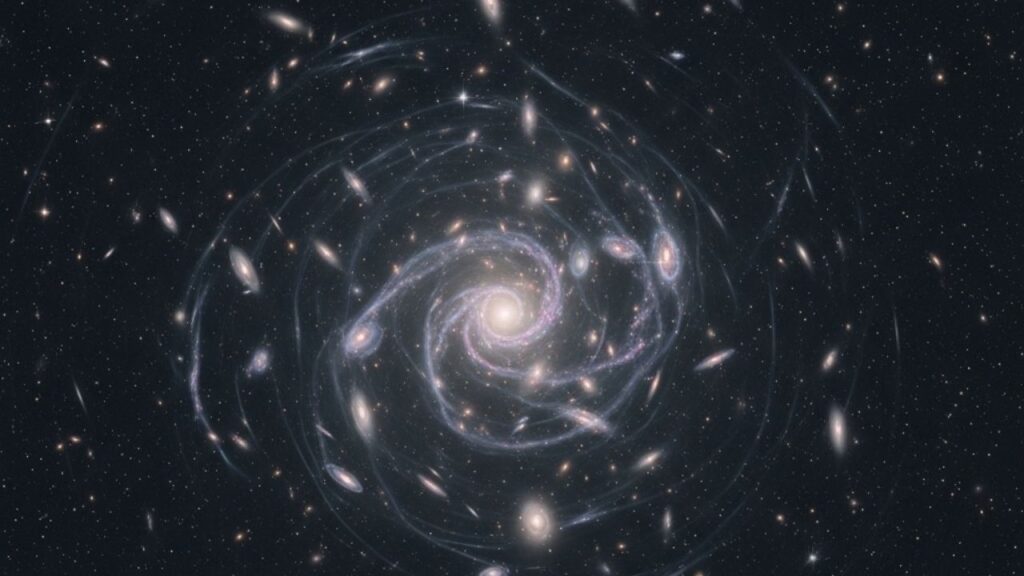
- Dark matter outweighs visible matter by about six to one.
- Ordinary matter (everything we see) makes up only about 5% of the universe.
- Dark matter accounts for roughly 27%, and dark energy makes up the rest.
Despite decades of searching, scientists have not directly detected dark matter particles. The mystery remains: What is dark matter made of? And why can’t we see it?
The Fifth Force: A New Player in the Cosmic Game?
Why Do Physicists Think There Might Be a Fifth Force?
The idea of a fifth force is not new. Since the 1980s, scientists have speculated about its existence to explain observations that don’t fit with known physics. For example, some early experiments suggested that gravity might not behave exactly as predicted at certain distances. Other studies have found tiny discrepancies in the behavior of subatomic particles, such as muons, that hint at new physics.
A fifth force could help answer questions like:
- Why does dark matter interact so weakly with normal matter?
- Could dark matter have its own forces, separate from the ones we know?
- Is there a connection between dark matter and dark energy?
What Could This Fifth Force Be Like?
Physicists have proposed several possibilities:
- Dark Photons: Hypothetical particles similar to photons (which carry light), but interacting only with dark matter.
- Quintessence: A new field that could explain the universe’s accelerating expansion and connect dark matter to dark energy.
- Ultralight Bosons: Very light particles that could mediate a new force, possibly affecting gravity or the structure of galaxies.
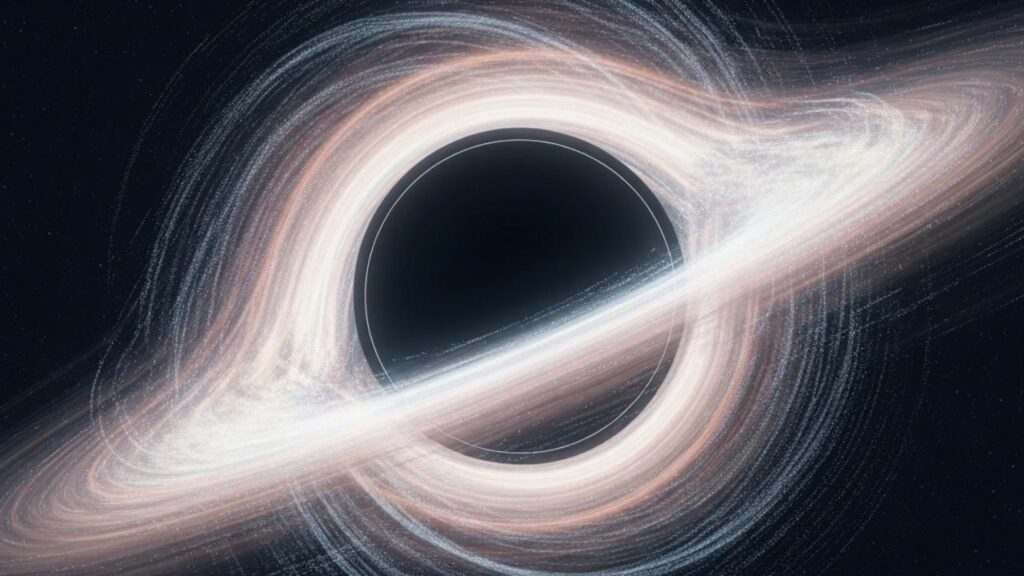
Each of these ideas suggests a new way that matter could interact, beyond the four known forces.
How Are Scientists Searching for the Fifth Force?
1. Precision Laboratory Experiments
Physicists use ultra-sensitive detectors to look for tiny deviations from the Standard Model’s predictions. For example, they measure how atoms behave, or how gravity acts at very small distances, to see if there’s any sign of a new force. Recent studies have analyzed the atomic transitions of calcium isotopes, placing strict limits on the properties of any hypothetical fifth force.
2. Particle Collider Experiments
At facilities like the Large Hadron Collider (LHC), scientists smash particles together at high speeds. If a fifth force exists, it might show up as missing energy or unexpected particles in these collisions. The hope is that, by creating extreme conditions, new physics will reveal itself.
3. Astrophysical and Cosmic Observations
Astronomers study the motions of galaxies, the behavior of stars, and the paths of asteroids to look for patterns that can’t be explained by known forces. For example, researchers have tracked the trajectories of near-Earth asteroids like Bennu, searching for subtle deviations that could signal the influence of a new force.
4. Muon g-2 Experiment
One of the most exciting recent developments comes from the Muon g-2 experiment at Fermilab.
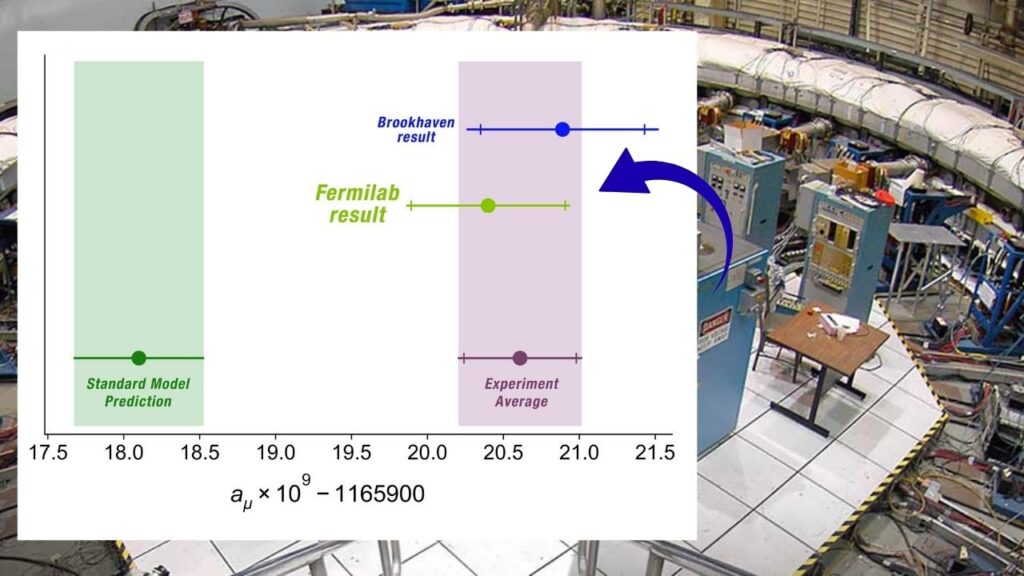
This project measures the magnetic properties of muons (heavy cousins of electrons) with incredible precision. Tiny differences between the observed and predicted behavior of muons could be a sign of new physics, including a fifth force.
5. Cosmological Simulations
Researchers use powerful computers to simulate the universe, adding hypothetical fifth forces to see if they can reproduce what we actually observe in space. These simulations help test whether new forces could explain the distribution of galaxies or the structure of cosmic filaments.
The Challenges: Why Is the Fifth Force So Hard to Find?
Despite decades of searching, no direct evidence for a fifth force has been found. Many early claims have been disproven upon closer examination, often due to experimental errors or overlooked effects. For example, some supposed anomalies turned out to be caused by flaws in the experimental setup, not new physics.
The search is challenging because:
- The effects of a fifth force, if it exists, may be extremely weak or only show up under special conditions.
- It might interact only with dark matter, making it invisible to traditional experiments.
- The universe is full of noise and complexity, making it hard to spot subtle signals.
Still, each experiment and observation helps narrow down where a fifth force could be hiding.
What Would the Discovery of a Fifth Force Mean?
Finding a fifth force would be a revolution in science. It could:
- Explain the true nature of dark matter—what it is, how it behaves, and why it’s invisible.
- Reveal new particles or fields that could reshape our understanding of physics.
- Open up new technologies—just as understanding electromagnetism led to electricity, radio, and computers.
- Help us understand the fate of the universe by connecting dark matter and dark energy.
It would also mean rewriting textbooks and developing a new Standard Model that includes this force.
Practical Advice: How to Get Involved or Stay Informed
For Students and Early-Career Scientists
- Study physics, mathematics, or computer science—these are the foundations of modern cosmology.
- Participate in science fairs or online courses about astronomy and particle physics.
- Follow updates from major research centers like CERN, Fermilab, or NASA.
For Professionals
- Collaborate with interdisciplinary teams—the search for the fifth force combines theory, experiment, and observation.
- Stay updated with the latest research by reading journals like Physical Review Letters or attending conferences.
- Consider careers in data science or high-performance computing—cosmological simulations require massive data analysis.
For Everyone
- Stay curious! The universe is full of mysteries waiting to be solved.
- Support science education and outreach—today’s curious kids are tomorrow’s discoverers.
Scientists Use a Levitating Magnet to Search for Dark Matter — And It Might Actually Work
FAQs About Physicists Zero In on a Fifth Force That Could Reveal What Dark Matter Really Is
What is the “fifth force” in physics?
The fifth force is a hypothetical new fundamental force that would operate alongside gravity, electromagnetism, and the strong and weak nuclear forces. It’s being studied as a possible explanation for dark matter and dark energy.
Has the fifth force been discovered?
No direct evidence for the fifth force has been found yet, but scientists are narrowing down where it could be hiding through precise experiments and astronomical observations.
How is dark matter different from normal matter?
Dark matter does not interact with light or electromagnetism, making it invisible. We only know it exists because of its gravitational effects on galaxies and clusters.
What are “dark photons” and “quintessence”?
- Dark photons are hypothetical particles that might carry a new force, affecting only dark matter and dark energy.
- Quintessence is a proposed field that could explain the universe’s expansion and connect the dark sector.
Why is this research important?
Understanding the fifth force and dark matter could transform physics, reveal new laws of nature, and help us answer some of the biggest questions about the universe.
The Road Ahead: What’s Next in the Search?
As technology advances, so do our chances of finding new physics. Upcoming experiments will use even more sensitive detectors, more powerful telescopes, and better data analysis techniques. The next few years could bring breakthroughs, especially as new data from asteroid tracking, particle colliders, and cosmic surveys become available.
The search for the fifth force is a global effort, involving scientists from many countries and backgrounds. It’s a quest that combines creativity, precision, and persistence—qualities that have always driven science forward.

